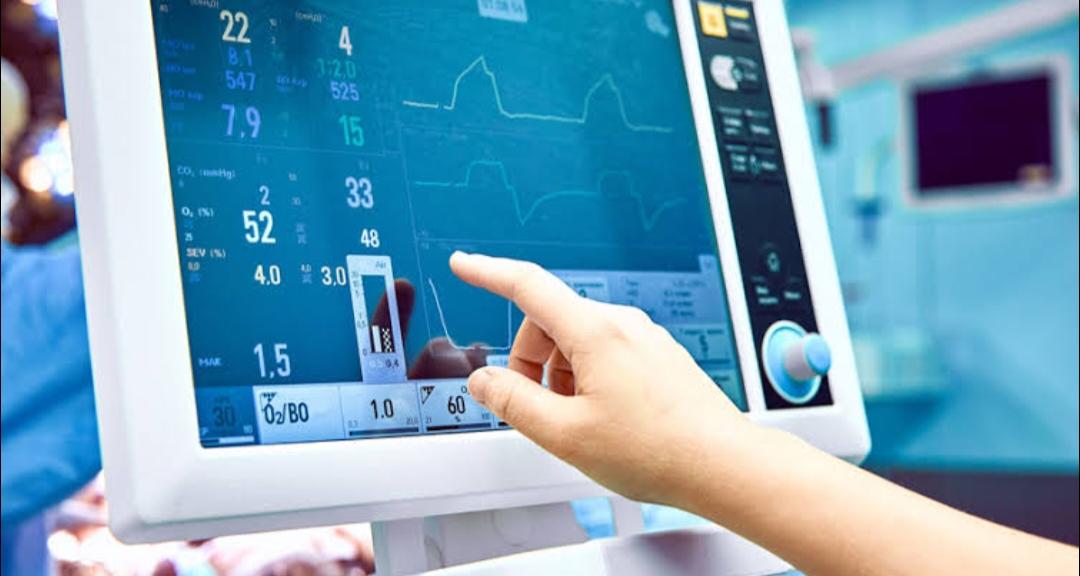Inquire
A Smarter Way to Monitor Patients Remotely

The growing demand for continuous healthcare and limited hospital resources, Remote Patient Monitoring (RPM) powered by IoT and AI is transforming how medical care is delivered outside clinical settings. This smart healthcare approach enhances patient safety, supports proactive care, and reduces hospital readmissions.
IoT-Enabled Health Monitoring Devices
Wearable sensors like ECG patches, pulse oximeters, smartwatches, and glucose monitors collect vital signs in real time. These devices are embedded with biosensors and microcontrollers for accurate physiological data acquisition.
Real-Time Data Transmission
Using Bluetooth Low Energy (BLE), Wi-Fi, or LoRaWAN, health data is transmitted securely to healthcare providers. Encrypted M2M communication protocols ensure data privacy and compliance with standards like HIPAA.
AI-Powered Analytics and Anomaly Detection
Machine learning models analyze patterns in heart rate, oxygen levels, or temperature. These models detect early warning signs of deterioration and trigger alerts for timely intervention, minimizing risk of emergency situations.
Cloud-Based Health Dashboards
Collected data is visualized on cloud-based dashboards that enable doctors to remotely track patient conditions. Time-series visualizations, trend graphs, and custom alert thresholds support better clinical decisions.
Integration with EHR Systems
RPM platforms sync with Electronic Health Records (EHR) to maintain a unified patient profile. FHIR (Fast Healthcare Interoperability Resources) standards enable seamless data exchange across systems.
Teleconsultation and Automated Reporting
When anomalies are detected, RPM systems trigger automated report generation and notify both the caregiver and patient. Patients can instantly schedule virtual consultations through integrated telehealth platforms.
Conclusion
Remote Patient Monitoring is no longer futuristic—it's foundational. By integrating IoT devices, AI algorithms, and secure cloud systems, healthcare providers can offer proactive, personalized, and real-time care—from hospital wards to patients’ homes.
- Managerial Effectiveness!
- Future and Predictions
- Motivatinal / Inspiring
- Other
- Entrepreneurship
- Mentoring & Guidance
- Marketing
- Networking
- HR & Recruiting
- Literature
- Shopping
- Career Management & Advancement


 SkillClick
SkillClick